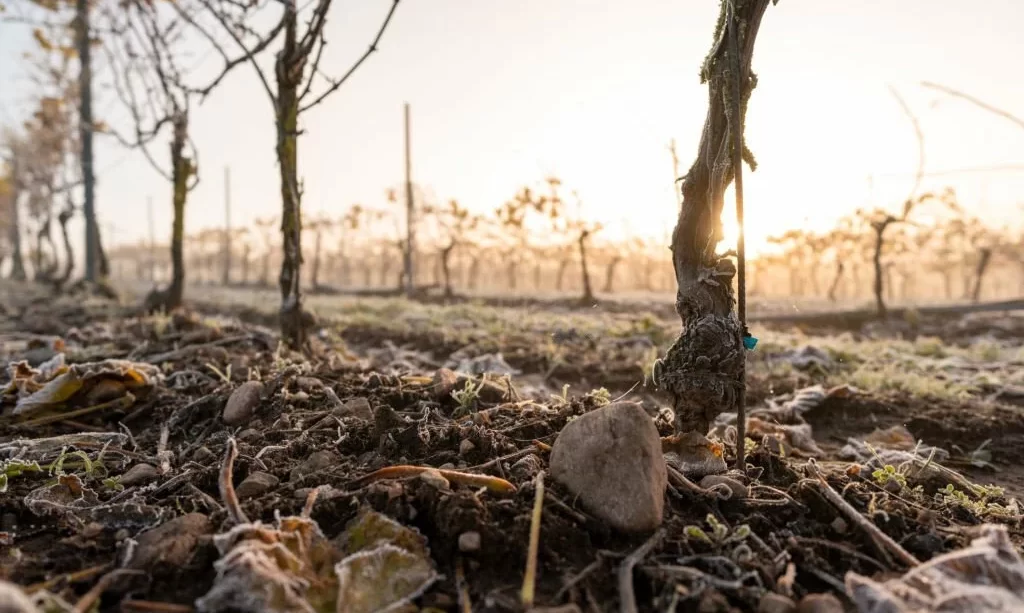Embark on a journey into the world of grapevines, where clusters of plump, juicy grapes promise the essence of wine and the beauty of vineyards. Amidst the vines’ above-ground allure lies a crucial element often hidden from view—the intricate network of grapevine roots. In this exploration, we seek to answer a fundamental question: How deep do grapevine roots grow? Understanding the depths of these roots is not only a key aspect of viticulture but also holds the secret to the resilience and productivity of these grape-bearing wonders.
The Importance of Grapevine Roots
Beneath the surface glamour of grapevines, their roots play an indispensable role in sustaining the health and vigor of the entire plant. These subterranean structures serve as anchors, providing stability to the towering vines. Yet, their significance extends far beyond mere support. Grapevine roots are the silent architects of nutrient absorption, drawing essential elements from the soil, and act as conduits for water uptake. In essence, the health, productivity, and longevity of grapevines are intricately tied to the well-being of their roots.
Factors Influencing Root Depth
The depth to which grapevine roots venture into the soil is influenced by a multitude of factors. Explore the dynamic interplay between soil type, climate, and grapevine variety in shaping the depth of these vital structures. Soil composition, drainage characteristics, and moisture levels are key determinants, steering the roots in their quest for sustenance. As we unravel the factors influencing root depth, a nuanced understanding emerges, revealing the adaptability of grapevines to diverse environmental conditions. The journey into the depths of grapevine roots is a complex and fascinating exploration that holds the key to successful vineyard cultivation.
General Root Depth for Grapevines
Navigating the depths of grapevine roots unveils a spectrum of general patterns in their growth. Understanding the typical root depth is crucial for vineyard management. In young grapevines, roots tend to explore the topsoil, with depths ranging from 1 to 3 feet. As vines mature, their roots may delve deeper, reaching depths of 6 feet or more. However, these depths can vary based on factors such as grape variety and environmental conditions. Exploring the general root depth for grapevines provides insights into their developmental stages and the evolving relationship between vines and the soil beneath.
Adaptations to Soil Conditions
Grapevines showcase remarkable adaptability, adjusting their root systems to diverse soil conditions. In rocky soils, where penetration is challenging, grapevine roots may spread horizontally, intertwining with rocks for stability. In clay soils, known for water retention, roots might delve deeper to tap into moisture reservoirs. Conversely, in sandy soils with rapid drainage, grapevines adapt by spreading their roots horizontally near the surface. These adaptive strategies reflect the resilience of grapevines, showcasing their ability to thrive in a variety of soil environments. Understanding these adaptations provides vineyard managers with valuable insights for optimizing grapevine health and productivity.
Root Pruning and Management
Root pruning emerges as a strategic practice in the art of grapevine cultivation and management. By intentionally trimming or restricting the growth of grapevine roots, vineyard managers can influence the depth and spread of the root system. Root pruning is employed to control vigor, enhance fruit quality, and manage the overall health of grapevines. By understanding the principles of root pruning, grape growers can harness greater control over the development of grapevine roots and optimize the conditions for grape cultivation.
Conclusion
In the subterranean ballet of grapevines, the question of root depth unravels a narrative crucial to the success of viticulture. As we journey through the importance of grapevine roots, factors influencing their depth, general patterns of root development, and the adaptability to varied soil conditions, a nuanced picture emerges. Root pruning and management serve as tools in the hands of vineyard caretakers, allowing them to sculpt the subterranean architecture to achieve desired outcomes. The conclusion is clear—beneath every flourishing vineyard lies a well-managed and carefully nurtured network of grapevine roots. As we raise a toast to the bountiful harvests and the artistry of winemaking, let’s not forget to acknowledge the silent architects, the roots, which sustain the essence of vineyards and the legacy of grapes.



